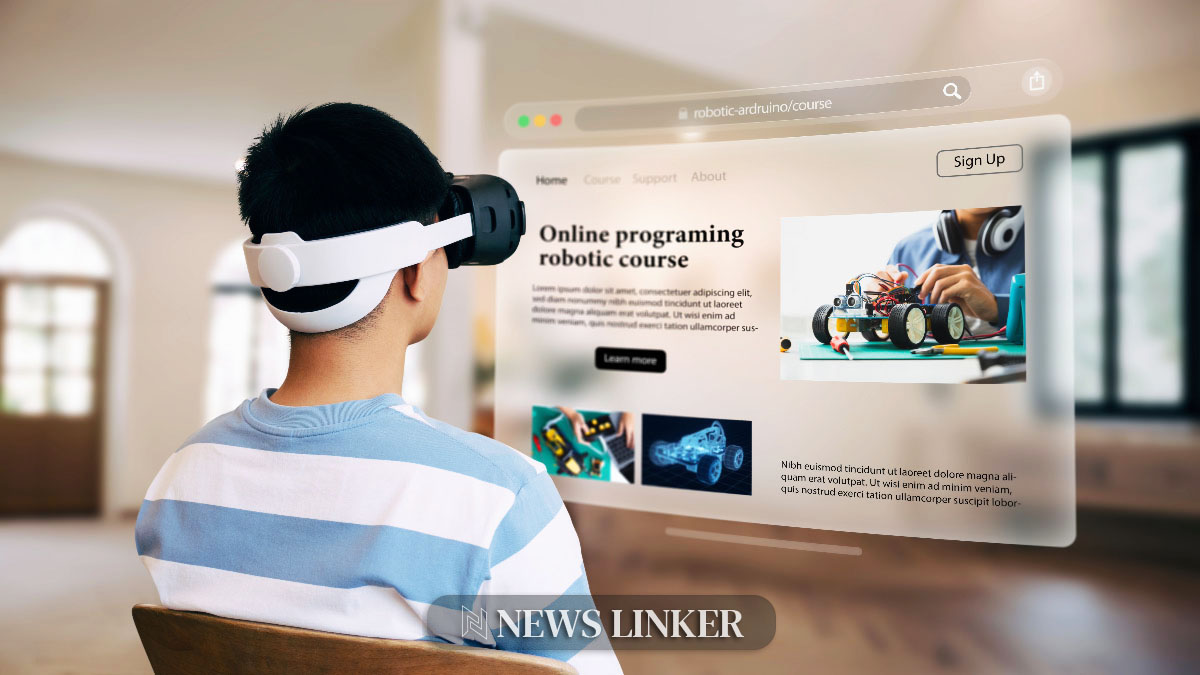Advancements in 3D scene understanding technology have reached a new peak with the development of Object-Adaptive Convolutional Neural Networks (OA-CNNs). These networks are designed to overcome the shortcomings of sparse convolutional neural networks (CNNs) by integrating adaptive mechanisms. The novel OA-CNNs have shown remarkable performance in semantic segmentation tasks, outpacing traditional sparse CNNs and becoming a competitive alternative to transformer-based models.
Research in computer vision and 3D scene analysis has long focused on addressing the irregular and scattered nature of 3D point clouds. Previous efforts have seen the development of point-based networks that handle unstructured point data directly, and sparse CNNs, which transform point clouds into a voxel grid to leverage structured data processing. While the latter benefits from efficiency, the lack of adaptivity in capturing complex scene variations often results in lower accuracy compared to more advanced point transformers.
What Sets OA-CNNs Apart?
OA-CNNs distinguish themselves by incorporating dynamic receptive fields and adaptive relation mapping, enabling the network to respond to various geometric structures within different 3D scenes. The approach involves partitioning the scene into pyramid grids and utilizing Adaptive Relation Convolution (ARConv) at multiple scales. This stratagem allows OA-CNNs to selectively process multiscale information based on local scene characteristics, thereby improving adaptivity while maintaining computational efficiency.
How Does Adaptivity Improve Performance?
The adaptivity of OA-CNNs is further reinforced through the use of adaptive relationships and self-attention maps. By adopting a multi-one-multi paradigm with ARConv, OA-CNNs dynamically adjust kernel weights for voxels depending on their spatial correlations, a feature that significantly widens their receptive fields. This linearly complex but lightweight innovation leads to a substantial improvement in the network’s performance and efficiency. OA-CNNs have proven their superiority in semantic segmentation across benchmarks such as ScanNet v2 and SemanticKITTI.
In related scientific literature, a paper in the Journal of Computer Vision and Pattern Recognition titled “Enhancing Sparse CNNs for 3D Point Cloud Processing” aligns closely with the principles behind OA-CNNs. The paper explores techniques to augment sparse CNNs’ capacity for processing point clouds, emphasizing the importance of adaptivity in the networks’ architecture for improved performance. This research complements the findings of OA-CNNs, corroborating that adaptability is indeed critical for 3D scene understanding.
What Are the Implications for Practical Applications?
- OA-CNNs enhance adaptivity in processing 3D point clouds.
- They outperform traditional sparse CNNs in semantic segmentation tasks.
- OA-CNNs provide an efficient alternative to transformer-based models.
The breakthrough embodied in OA-CNNs signals a significant step forward in the field of 3D scene understanding. By addressing the adaptivity limitations of traditional sparse CNNs, researchers have unlocked the potential of these networks to match and even exceed the performance of advanced point transformers. The practical applications of this technology span across various industries, including autonomous driving, robotics, and virtual reality, where accurate and efficient 3D scene processing is essential. The OA-CNNs’ ability to adapt to complex, real-world environments in real-time represents a substantial leap in computer vision technology, paving the way for new innovations.










